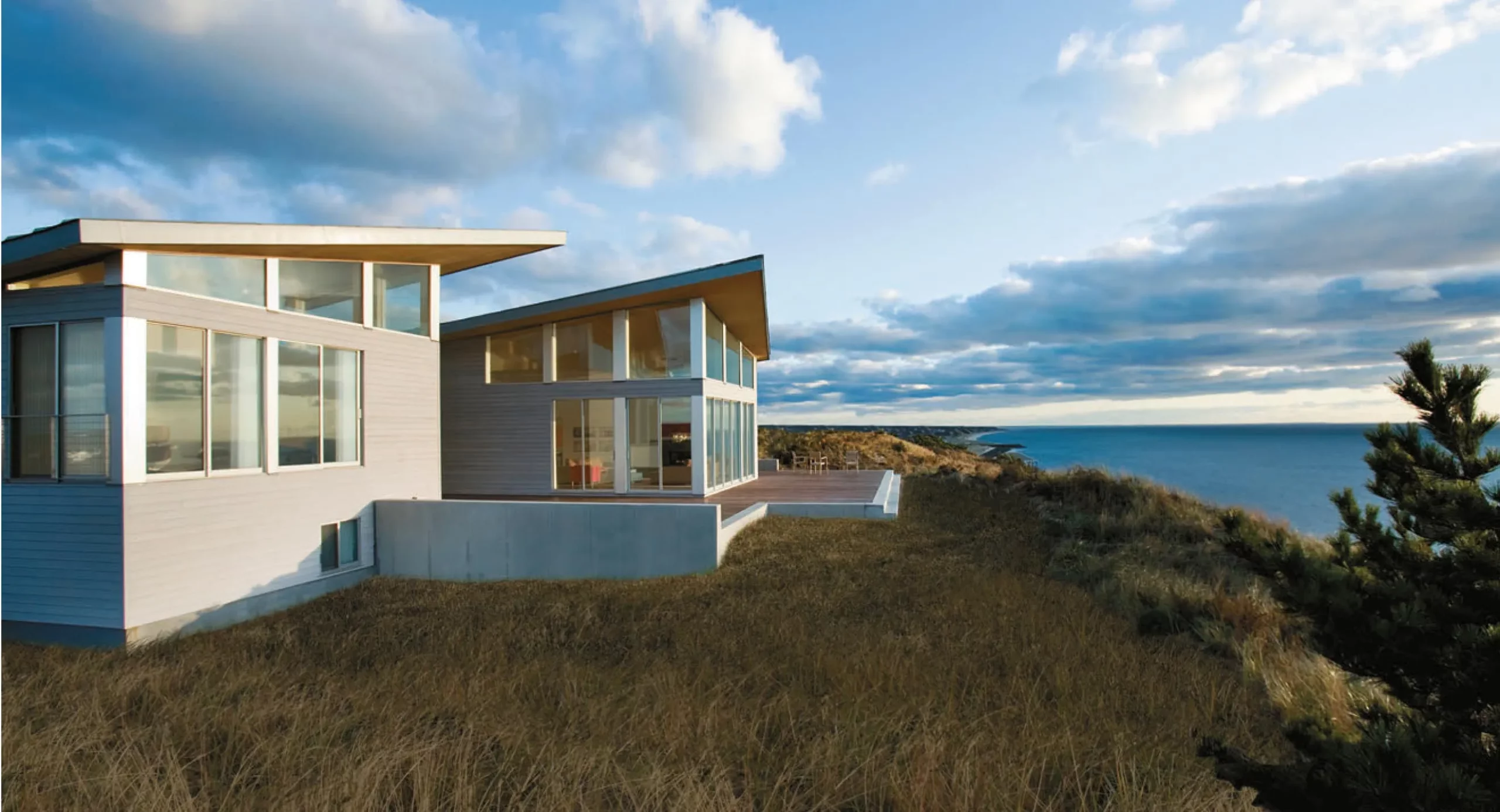Architectural photography plays a critical role in showcasing design by capturing the beauty, functionality, and unique features of architectural spaces. It serves as a visual narrative that communicates the essence and impact of a building, interior, or landscape design to a broader audience. Whether it’s a residential home, commercial building, or public structure, architectural photography is instrumental in highlighting the craftsmanship, spatial qualities, and overall design intent of a space.
First and foremost, architectural photography serves as a powerful marketing and promotional tool for architects, interior designers, and property developers. It allows them to present their work in the best possible light, showcasing the design expertise, attention to detail, and overall aesthetic appeal of their projects. High-quality images can attract potential clients, investors, and collaborators, effectively conveying the creative vision and expertise behind the architecture or interior design work.
Furthermore, architectural photography contributes to the documentation and preservation of architectural achievements. It captures the essence of a building or space at a particular point in time, creating a visual record for future reference and historical documentation. This is particularly relevant for documenting landmark buildings, historically significant structures, or innovative architectural designs, ensuring that their legacy is immortalized through striking visual representations.
In addition to marketing and documentation, architectural photography also facilitates broader public engagement and education about design. Through captivating images, the general public can gain an appreciation for diverse architectural styles, innovative construction techniques, and the integration of form and function in modern structures. Architectural photography can inspire, educate, and ignite interest in the built environment, fostering a deeper understanding and appreciation for design principles and spatial aesthetics.
Moreover, in the realm of interior design, architectural photography is instrumental in highlighting the artful arrangement of spaces, the interplay of light and shadow, and the thoughtful selection of furnishings and decorative elements. It allows designers to showcase their ability to create comfortable, well-appointed, and visually striking interiors that reflect the needs and personalities of their clients.
In the age of digital media and online platforms, architectural photography is particularly valuable in reaching a global audience. Through websites, social media, and digital publications, designers, architects, and photographers can amplify the visibility of their work on a worldwide scale, attracting attention and recognition from an international audience.
In conclusion, architectural photography serves as an essential medium for effectively showcasing design. It provides a visual platform to communicate the beauty, functionality, and innovation of architectural and interior design projects, while also contributing to preservation, education, and public appreciation of the built environment. Through skillfully composed and expertly captured images, architectural photography plays a pivotal role in shaping perceptions, driving interest, and celebrating the creative achievements of architectural and interior design professionals.
